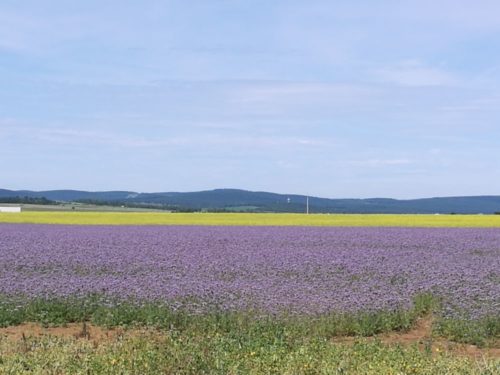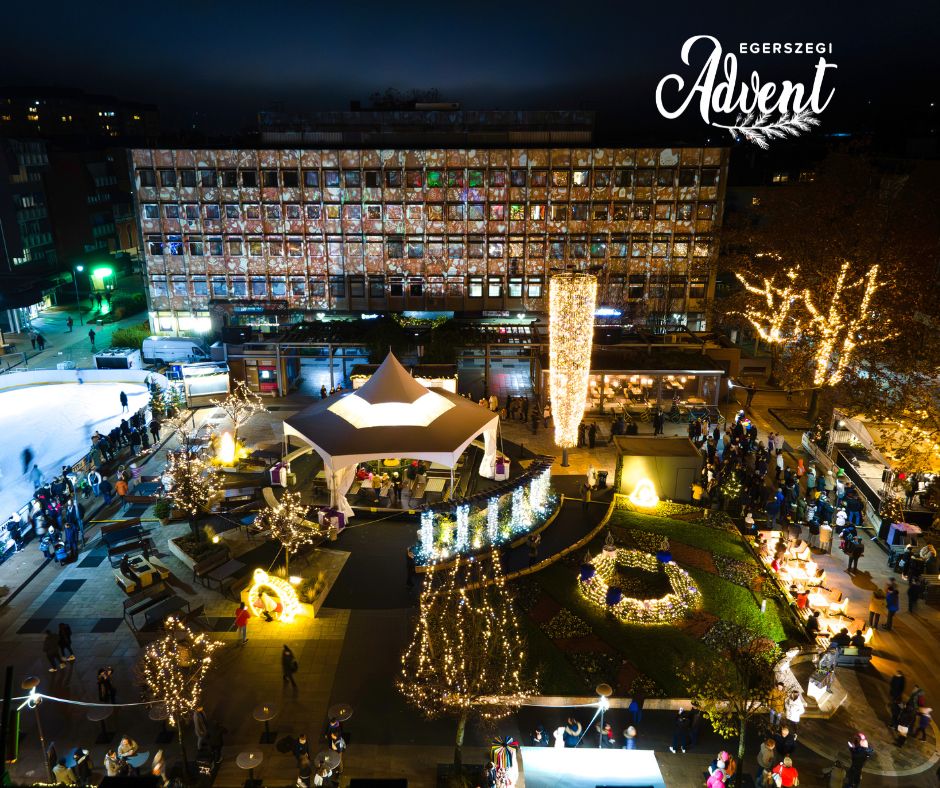Man kennt Lavendel als beruhigendes, anxiolytisches Kraut, das viele wohltuende Wirkungen hat. Er ist seit Tausenden von Jahren bekannt und wird seitdem auf vielfältige Art und Weise genutzt. Daran hat sich bis heute nichts geändert.
2018 ist diese Pflanze nun das Kraut des Jahres! Diese Initiative wurde 2013 ins Leben gerufen und folgte damit einer Idee der Abteilung für Pflanzenheilkunde der Ungarischen Gesellschaft für Pharmacie. Mit der Wahl des Krauts des Jahres wird alljährlich ein neues Herbarium in den Fokus gerückt und wichtige Informationen über das Wissen, die Wirkungen und die Anwendung der ausgewählten Pflanze werden einem breiten, interessierten Publikum zugänglich gemacht sowie vermittelt.
Lavendel aus dem Mittelmeerraum wird vielfältig eingesetzt. Heute wird in Europa echter oder flacher Lavendel für medizinische Zwecke kultiviert und ebenso als traditionelle Medizin genutzt. Man verwendet die Blüten für ätherischen Öle, um Unannehmlichkeiten wie Schlaflosigkeit, Unruhe und Verdauungsbeschwerden erfolgreich zu lindern.
Gegenwärtig werden Studien zu Lavendelblüten mit vielversprechenden antibakteriellen, antioxydativen, wundheilenden, entzündungshemmenden und schmerzstillenden Wirkungen durchgeführt.
In Tihany am Balaton gibt es zum Besipiel herrliche Ansammlungen von Lavendel.

Englisch:
Lavender is the herb of the year!
As a calming, anxiolytic herb, we know lavender, which has many beneficial effects. We know about it for thousands of years, we use it, but we can still use it in countless ways.
And this plant has been reminiscent of the year because in 2018 it was the herb of the year. The initiative was launched in 2013, following the idea of the Department of Herbal Medicine of the Hungarian Society of Pharmacy. By choosing the herb of the Year, attention is directed to a new herbarium year by year, and important information related to the knowledge, impact, and application of the selected plant can be accessed to a wide range of interested people.
Lavender from the Mediterranean region has been known and used for thousands of years. Today, in Europe, real or otherwise known as shallow lavender is cultivated for medical purposes, but another folk medicine is used in traditional folk medicine. They use their flowers and essential oils to successfully alleviate the inconvenience of insomnia, agitation, and digestive complaints.
There are currently ongoing studies of lavender flowers with promising antibacterial, antioxidant, wound healing, anti-inflammatory, and analgesic effects.
Ungarisch:
2018-ban a levendula az Év gyógynövénye!
Nyugtató, szorongásoldó gyógynövényként ismerjük a levendulát, melynek számos jótékony hatást könyvelhetünk el. Több ezer éve tudunk róla, használjuk, mégis még számtalan módon alkalmazhatjuk még.
És ez a növény még egy elismerést bezsebelt, ugyanis 2018-ban ez lett az év gyógynövénye. A kezdeményezés még 2013-ban indult útjára, a Magyar Gyógyszerésztudományi Társaság Gyógynövény Szakosztályának ötlete után. Az Év Gyógynövényének megválasztásával évről évre újabb gyógynövényre irányul a figyelem, és a kiválasztott növénnyel kapcsolatos ismeretek, hatásával, alkalmazásával összefüggő fontosabb információk az érdeklődők széles köréhez juthatnak el.
A mediterrán vidékről származó levendula már több ezer éve ismert és alkalmazott gyógynövény. Napjainkban Európában a valódi vagy más néven keskenylevelű levendulát termesztik gyógyászati célra, de a hagyományos népi gyógyászatban egyéb fajokat is alkalmaznak. Leginkább virágát és illóolaját használják, sikeresen enyhítve az álmatlanság, nyugtalanság és emésztési panaszok okozta kellemetlenségeket.
Jelenleg vizsgálatok folynak a levendulavirág ígéretes antibakteriális, antioxidáns, sebgyógyító, gyulladáscsökkentő és fájdalomcsillapító hatásaival kapcsolatban is.














